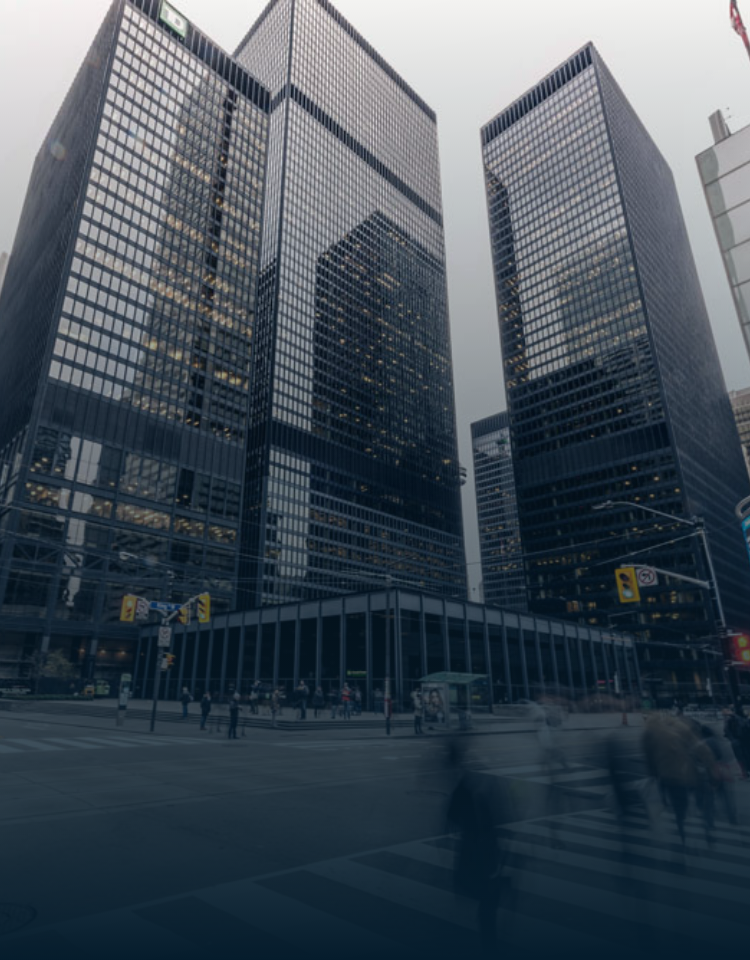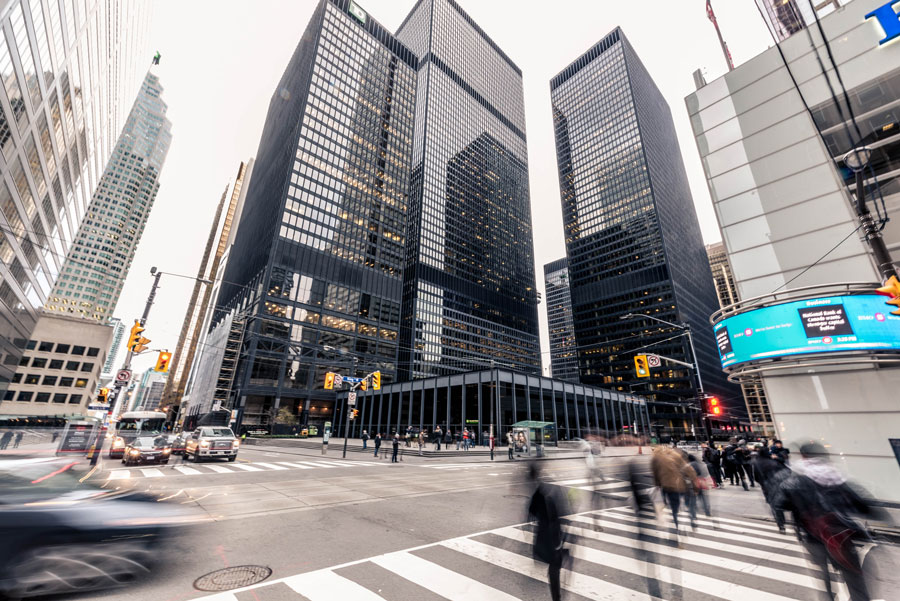Written By: Lindsay Charles and Sonam Sapra, Summer Student
In Canada, about 30% of traffic fatalities and 40% of serious personal injuries occur at intersections. These alarming statistics clearly illustrate why intersections are regarded as one of the most dangerous locations on a roadway.
Why are Intersections Dangerous?
In Ontario, there are two main types of intersections: controlled and uncontrolled. Controlled intersections generally have traffic lights, yield signs or stop signs that work to control traffic. Controlled intersections are usually found in urban areas. On the other hand, uncontrolled intersections do not have signs or traffic lights and are usually found in areas where there is no traffic, such as rural areas. While different, both types of intersections are equally as dangerous.
Controlled intersections are considered dangerous locations on the roadway because they are high conflict zones. More specifically, controlled intersections usually have multiple roads that cross over each other, right-turning lanes, left-turning lanes, bicycle lanes, and pedestrians in the same area – all of which give rise to the possibility of conflicts that can result in collisions. Uncontrolled intersections might be less busy than controlled intersections as they are located in more rural areas, however, at these intersections, collisions occur at high speeds making them particularly severe.
There are four main types of collisions that occur at an intersection: side-impact collisions, also known as T-bone collisions, head-on collisions, left-turn collisions, and rear-end collisions. Further, at intersections, both cyclists and pedestrians can be struck by motor vehicles. Side-impact, or T-Bone, and head-on collisions can have very serious consequences and often result in fatalities, especially when the vehicles involved are traveling at high speeds.
With the high rate of collisions occurring at intersections, the National Highway Traffic Safety Administration (“NHTSA”), run by the United States Department of Transportation sought to identify the leading causes of intersections collisions by conducting an on-scene study.
The Leading Cause of Intersection Collisions
The study by the NHTSA identified six critical driver-attributed causes of intersection crashes. The NHTSA observed 756,570 intersection-related collisions and concluded that inadequate surveillance by drivers was the leading cause of intersection collisions, accounting for 44.1% of the crashes. The remaining causes identified by the study include: the false assumption of the other’s actions, turned with an obstructed view, illegal maneuver, internal distraction, and finally, misjudgment of gap or other’s speed.
How We Can Help
Ultimately, collisions at intersections can result in serious personal injuries, and determining who is at fault can be a complicated and arduous process. The lawyers at McLeish Orlando can help navigate the process and alleviate the stress that arises from such a collision.
Please contact the lawyers at McLeish Orlando for more information and to schedule a free assessment of your case.






